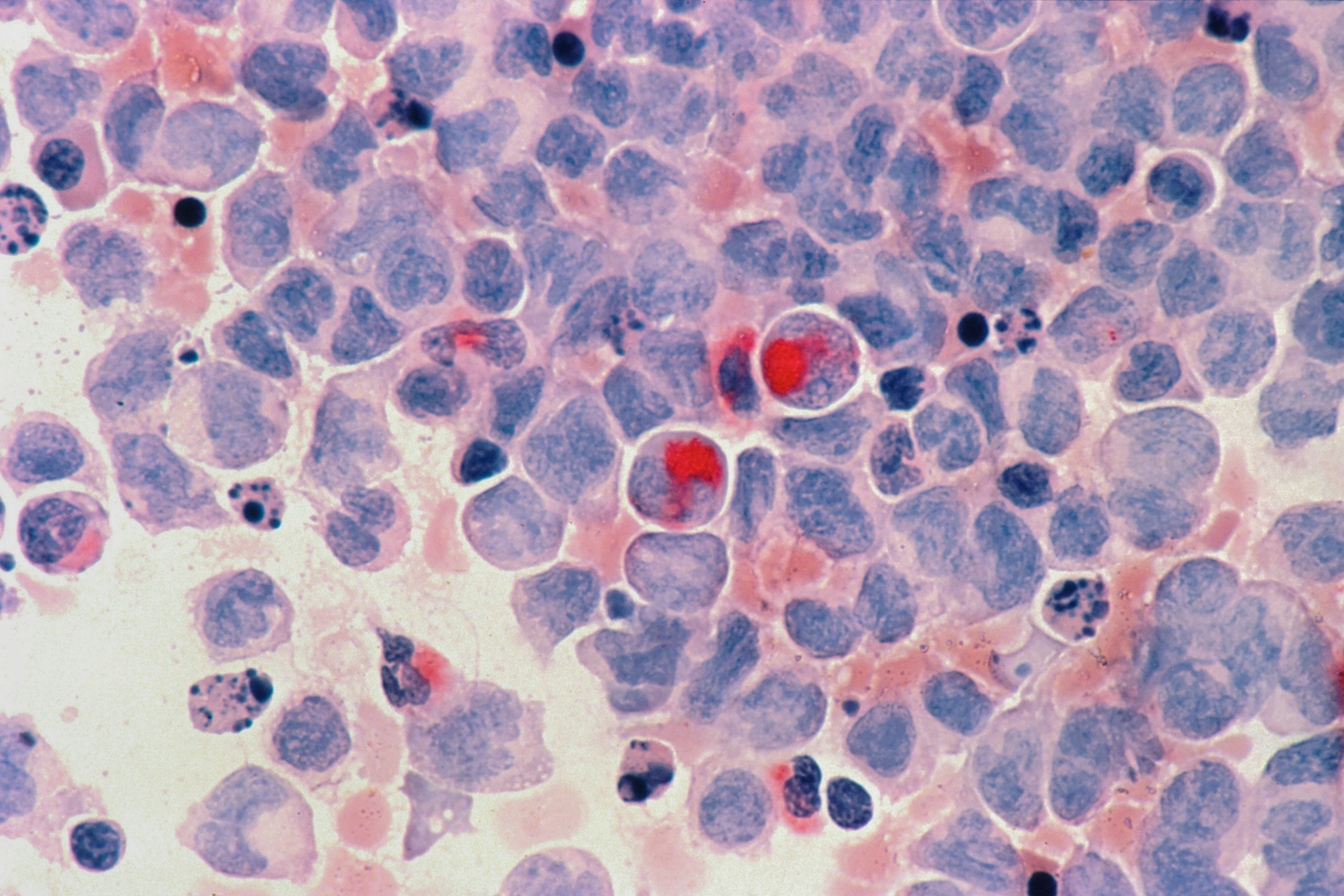Unpacking Cancer Types & the Microbiome Connection
The microbiome, consisting of trillions of microorganisms residing in various parts of the body, has been linked to cancer development, progression,...
.webp)
Recent research has revealed that the tumor microenvironment is not only shaped by cancer cells, but also by a diverse community of microbes that can influence carcinogenics. From altering immune responses to affecting how cancer develops and responds to treatment, the tumor-associated microbiome plays a crucial role in health and disease.
Understanding these interactions is key to unlocking innovative strategies in cancer therapy, which is why we put together this research guide.
Ready to transform your cancer research? Get started with our immuno-oncology sequencing services today.
The tumor microbiome or tumor microenvironment (TME) refers to the ecosystem of microorganisms within tumors and their surrounding microenvironment. Key elements of the tumor microbiome include malignant cells and non-malignant components, including immune cells, elements of the extracellular matrix, stromal cells, and endothelial cells.
Evidence suggests that the tumor microbiome plays a significant role in tumor progression and cancer cell survival. Microbes within the tumor microenvironment can influence cancer cell behavior by modulating cellular proliferation, apoptosis, and metastasis. The tumor microbiome also impacts immune evasion, where microbial components may suppress immune responses, allowing tumors to grow unchecked.
As chronic inflammation driven by microbial dysbiosis can also potentially promote carcinogenesis and microbiome composition can impact how tumors respond to cancer therapies such as immunotherapy, chemotherapy, and radiotherapy, early microbiome interventions could be the key to better therapeutic responses and more targeted and effective cancer treatments.
Carcinogenicity refers to the capability of a substance or exposure to cause cancer. Scientists evaluate the carcinogenicity of substances through laboratory studies, animal testing, and epidemiological research in humans. Carcinogens are the substances or exposures that are known to increase the risk of cancer, with commonly known examples including tobacco smoke, asbestos and ultraviolet (UV) radiation.
In addition to these common external carcinogenic exposures, some microbial pathogens (such as certain bacteria, viruses, and parasites) are also classified as carcinogenic because they can contribute to cancer development.
This is where the microbiome comes into play, as these microorganisms can influence carcinogenic processes in several ways:
The International Agency for Research on Cancer (IARC) has identified 10 pathogens classified as directly carcinogenic to humans. These pathogens include bacteria, viruses, and parasites, as follows:
Below is a more detailed breakdown and comparison of these carcinogenic microbes.
|
Category |
Agent |
Associated Cancers |
Mechanism |
|
Carcinogenic Bacteria |
Helicobacter pylori |
Gastric cancer, MALT lymphoma |
Chronic infection causes inflammation and DNA damage, creating a favorable environment for carcinogenesis. |
|
Carcinogenic Viruses |
Hepatitis B Virus (HBV) |
Liver cancer (hepatocellular carcinoma) |
Chronic infection leads to inflammation and genetic damage in liver cells. |
|
Hepatitis C Virus (HCV) |
Liver cancer |
Promotes chronic liver inflammation and fibrosis. |
|
|
Human Papillomavirus (HPV) |
Cervical, anal, and oropharyngeal cancers |
High-risk types (16, 18) produce viral oncoproteins (E6 and E7) that disrupt tumor suppressor pathways. |
|
|
Epstein–Barr Virus (EBV) |
Nasopharyngeal carcinoma, Burkitt lymphoma, other malignancies |
Drives uncontrolled cell proliferation through infection. |
|
|
Human Herpesvirus Type 8 (HHV-8) |
Kaposi sarcoma |
Promotes angiogenesis and tumor formation. |
|
|
Human T-cell Lymphotropic Virus Type 1 (HTLV-1) |
Adult T-cell leukemia/lymphoma |
Induces genetic instability and dysregulated cell growth. |
|
|
Carcinogenic Parasites |
Opisthorchis viverrini |
Cholangiocarcinoma (bile duct cancer) |
Causes bile duct inflammation and DNA damage through chronic infection. |
|
Clonorchis sinensis |
Bile duct cancer |
Induces chronic inflammation and oxidative stress. |
|
|
Schistosoma haematobium |
Bladder cancer |
Eggs lodged in the bladder wall cause chronic inflammation and carcinogenesis. |
In addition to the 10 carcinogenic pathogens identified above, while HIV itself is not directly carcinogenic, it is noted by the IARC to play a significant role in enhancing the carcinogenic action of other pathogens. HIV-induced immunosuppression allows co-infections, such as HHV-8, HPV, and EBV, to drive cancer development. For instance:
By excluding HIV from direct classification, the IARC avoids double-counting cancers attributable to co-infections.
Ready to explore the molecular interplay between the tumor microbiome and carcinogenic exposures? Discover how our cutting-edge immuno-oncology sequencing services can provide comprehensive insights into your tumor samples, helping you identify key microbial and carcinogenic factors that influence health and disease.
Tumor associated microbiota are linked to various cancers including ovarian cancer, endometrial cancer, prostate cancer, small cell lung cancer, and non small cell lung cancer, highlighting the potential role of the microbiome in cancer development, diagnostics and treatment.
The microbiome interacts with tumors by altering the tumor microenvironment through immune modulation and metabolic changes, as seen in tumor samples from ovarian cancer patients and lung cancer patients, which can influence cancer progression and overall health and disease.
Research shows fusobacterium nucleatum (f nucleatum) is a notable bacterium associated with tumors, having been detected in samples from within the tumor microenvironment in breast and pancreatic tumors.
Helicobacter pylori is a bacteria that has been identified as a carcinogenic pathogen by the IARC, causing inflammation and DNA damage, and creating a favorable environment for carcinogenesis that may facilitate the progression from chronic gastritis to gastric cancer.
Tumors may get infected due to disruptions in local immune defenses and the altered microenvironment, allowing tumor associated microbiota to colonize and become infected.

The microbiome, consisting of trillions of microorganisms residing in various parts of the body, has been linked to cancer development, progression,...

The skin is the largest organ of the human body, serving as a crucial barrier between our internal systems and the external environment. The human...
.webp)
The gut microbiome, an intricate ecosystem of trillions of microorganisms living throughout the human gastrointestinal tract, plays a crucial role in...